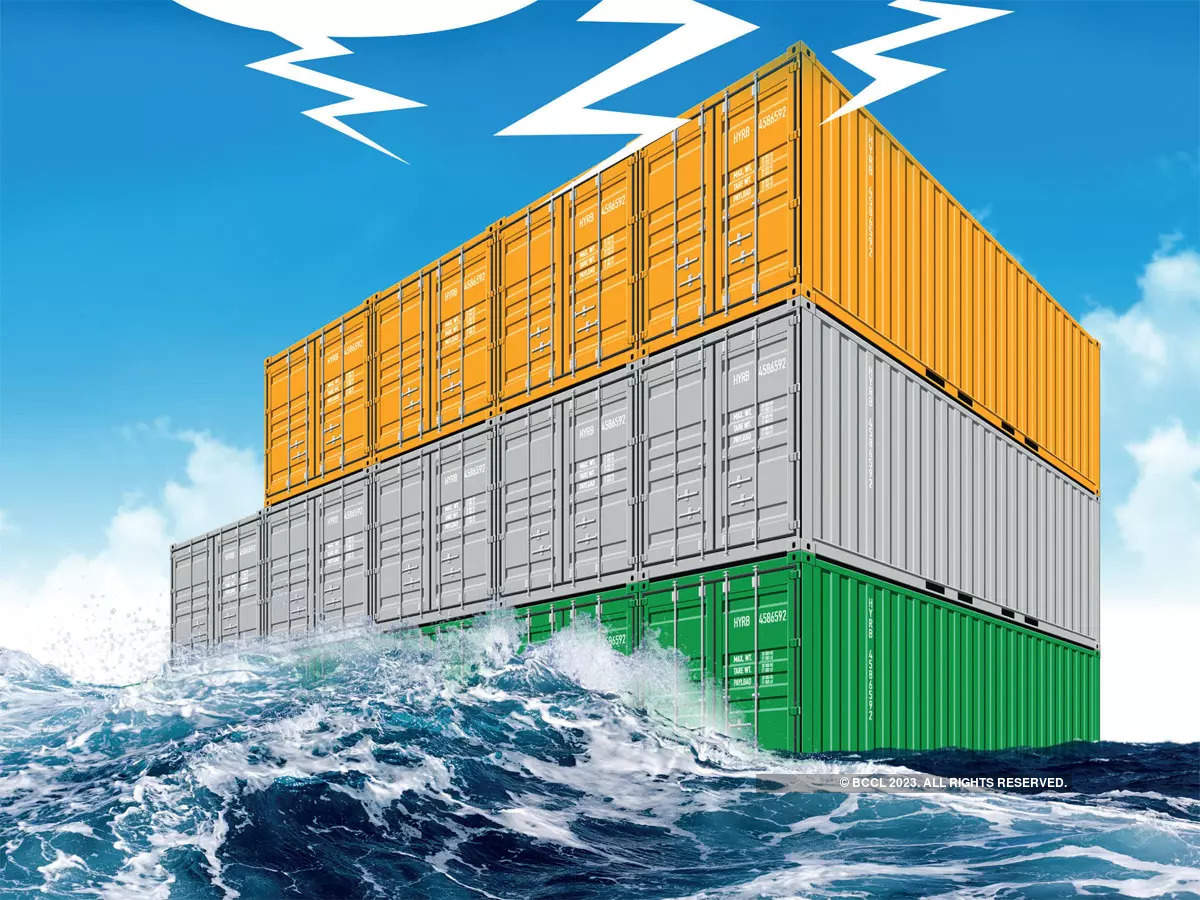
India’s exports to grow 12% by 2030, Barclays expects ‘Realistically’ as PLI Schemes achieve “Mixed Success”
NEW DELHI : Barclays stated recently, that it would be more realistic to expect India’s exports to increase by approximately 12 per cent by 2030. This would equate to a global export share of about 4 per cent, translating to $1.6 trillion, up from the current $0.75 trillion, rather than the targeted $2 trillion or 15 per cent growth.
The bank warned that the strategy could be jeopardised by sluggish global growth over the medium term, additional disruptions in worldwide supply chains, and escalating protectionism, which could restrict the possibilities for trade growth.
India has significantly benefited from the “China+1” strategy, which has led to a steady rise in the tech-intensity of its exports. The country’s export-complexity index rank has advanced to 41 in 2023, a considerable improvement from 46 in 2001.
However, when compared to other emerging markets like China, which ranks 25, and Mexico, ranking 23, it’s evident that India still has a considerable journey ahead.
Rahul Bajoria, MD & Head of EM Asia (ex-China) Economics at Barclays, has observed a significant policy drive in manufacturing exports. He noted that India is gradually ascending the value chain and witnessing increased diversification. However, he also pointed out that India’s most substantial goods exports remain heavily dependent on imports.
The government has initiated production-linked incentives in an effort to lessen some crucial dependencies, a move that Barclays states has achieved “mixed success”. Barclays emphasised that in order to stimulate medium-term growth and economic stability, it is essential to increase and maintain exports.
Barclays suggests that, despite not advocating for a growth model in India that is solely based on manufacturing or goods export, it’s important to shift more attention towards enhancing India’s profile in goods-export, especially in sectors that are more responsive to global growth, considering the country’s already recognized strengths in services.
According to a report by Barclays, industries where India has traditionally held a competitive edge, notably cotton and textiles, are gradually losing their lustre. This is partly due to the emergence of other low-cost manufacturing rivals like Bangladesh and Vietnam.
“Nevertheless, it’s crucial to highlight that India’s three leading exports — mineral fuels, gems and jewellery, and chemicals — rely significantly on imports,” the statement read.
Barclays emphasised an additional aspect in India’s free trade agreements, which involves not only the export of goods and services but also the dispatch of people to boost remittances further.

